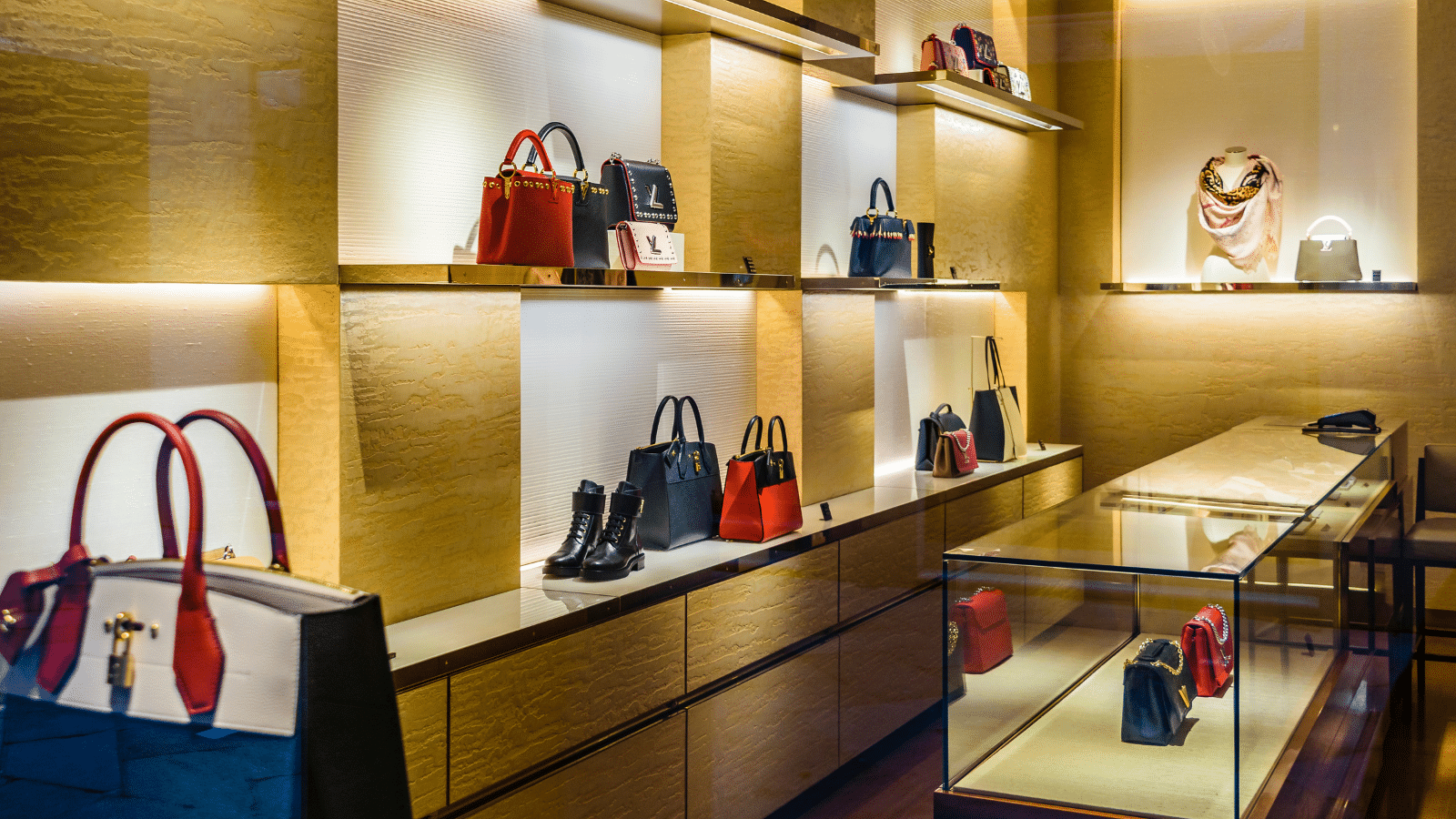The morning began with a fireside discussion between Hermes’ Ken Feyder, VP, Head of IT for North and South America and Giri Agarwal, Co-Founder at Incisiv.
In his current role, Ken leads Hermès Americas’ IT Team to deliver strategic business support and technology innovation across the region, covering the US, Canada, Mexico, Brazil, and Argentina. Incisiv is a leading industry research and benchmarking firm, where he drives strategic research initiatives for consumer and technology industry clients.
In this thought-provoking fireside, Ken and Giri delved into the pivotal role of IT in driving the future of luxury retail, emphasizing the enhancement of customer experience and the strategic use of data-driven decision-making.
Drawing on his extensive experience, Ken revealed how innovative IT strategies and technologies were being integrated, to not only uphold but elevate the standards of luxury, ensuring exceptional customer interactions and operational efficiency.
Ken stated with the numbers, “the fact is 73% of luxury shoppers seek personalised experiences tailored to their preferences. Disappointingly, luxury lags behind other sectors in digital maturity. We have been affixed to in-store and digital opportunities have been missed. We are now addressing that short-sightedness.”
We have studied over 250 luxury brands and identified three key learnings.
The importance of enhancing customer experiences
IT-powered tools and cutting-edge payment systems can not only strengthen human connections in retail spaces but also offer deep insights into customer behaviour, making every interaction unforgettable.
“83% of sales are influenced by what customers experience in store.”
“Augmented Humanity is the future of luxury. We often refer to this as ‘augmented human creativity’. So, using AI to augment what we can do in store.”
Luxury brands such as Moncler, Zegna, and Valentino have embraced AI, showcasing its potential to seamlessly blend human creativity with technological capabilities. Burberry uses augmented reality to allow customers to virtually “try on” clothes before purchasing.
Neiman Marcus employs AI-powered chatbots to provide personalized recommendations and shopping assistance. Other brands like Gucci and Louis Vuitton are utilising AI’s data compiling capabilities to gain deeper customer insights that inform everything from inventory management to targeted product recommendations.
“When you walk into a Hermes store, the experience is respectful, there is no pressure to buy. We want you to experience the heritage of our brand and educate you. We use AI to augment that experience, not replace it. The device never replaces human interaction, it simply augments it.
For example, one of the biggest points of friction for a customer is payment.
“Considering high-performing luxury retailers, our research finds over a third (68%) are offering ‘one-step’ and guest check out. However, only about 28% offer expended payment options, like digital wallets, and payment links via text. There is an opportunity there to leverage technology.”
Data-driven decision making
“We want our tech and analytics to work in concert within the ‘human-interaction-rich’ environment of luxury retail, to enable comprehensive insights, to inform us of our client preferences and purchasing trends. We want to set the stage for an improved and elevated brand experience.”
Our research found that our sales associates had varying abilities to assist customers with inventory enquiries, when in-store. About 95% of our US associates were able to deal with complex customer inquiries, however, that dropped to only 87% in the UK and Europe and under 53% in the APAC market.
“So, there are opportunities in Asia. We make our data available in real time to our stores. So, new releases, available quantities, names of designers.”
Ken suggested, “A business runs on a combination of data and magic. We want to improve human knowledge. While our customers see highly trained, informed and knowledgeable teams, what they don’t see is the AI and tech driving that knowledge. The tech needs to be invisible.”
However, we follow the ‘Rubbish In, Rubbish Out’ rule. Data is only as good as the data sets it’s pulling from. The biggest issue is that we often look back to forecast, and miss what is happening right now.
“We recently found a situation in the US. We would normally allocate the right sizes to a store, based on historical data. The ‘Ozempic’ happened. Our customers started losing weight, so now the size curve is wrong, and we miss sales and disappoint shoppers. AI can help predict these underlying themes and trends.”
Operational excellence and resilience
Finally, gaining insights so to maintain a streamlined, efficient IT operation that supports the brand’s agility and growth, ensures resilience – even in challenging economic conditions.
“During economic downturns, luxury outperform other segments. We found it produces 5%-6% higher profit and 12% higher growth rate.”
The luxury market’s resilience is a testament to history. Throughout the adverse tides of catastrophic wars, the Great Depression, recessions, and even the recent Pandemic, the appetite for luxury has remained unquenched.
“However, for luxury brands to remain resilient, they must strategically embrace the fusion of human creativity, authentication, and innovation while ensuring they preserve their identity, values, and heritage, irrespective of the underlying technology.”
AI algorithms will play a pivotal role in unveiling innovations in the expanding luxury sector.





















